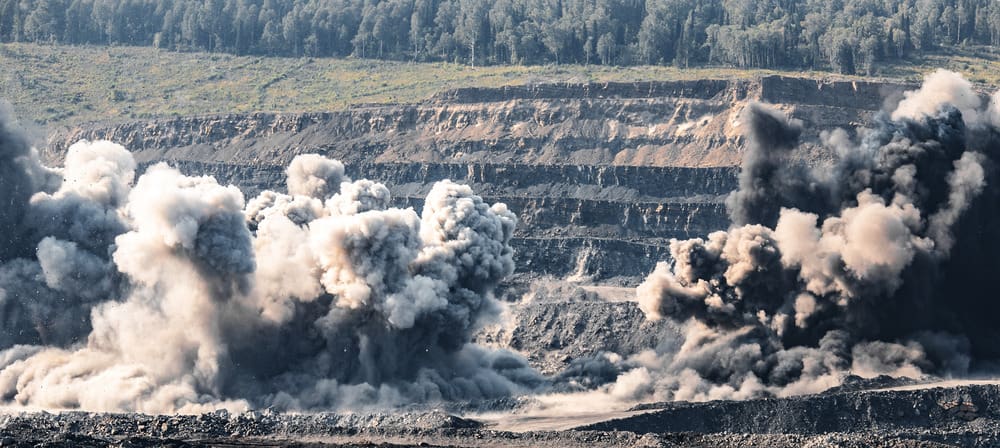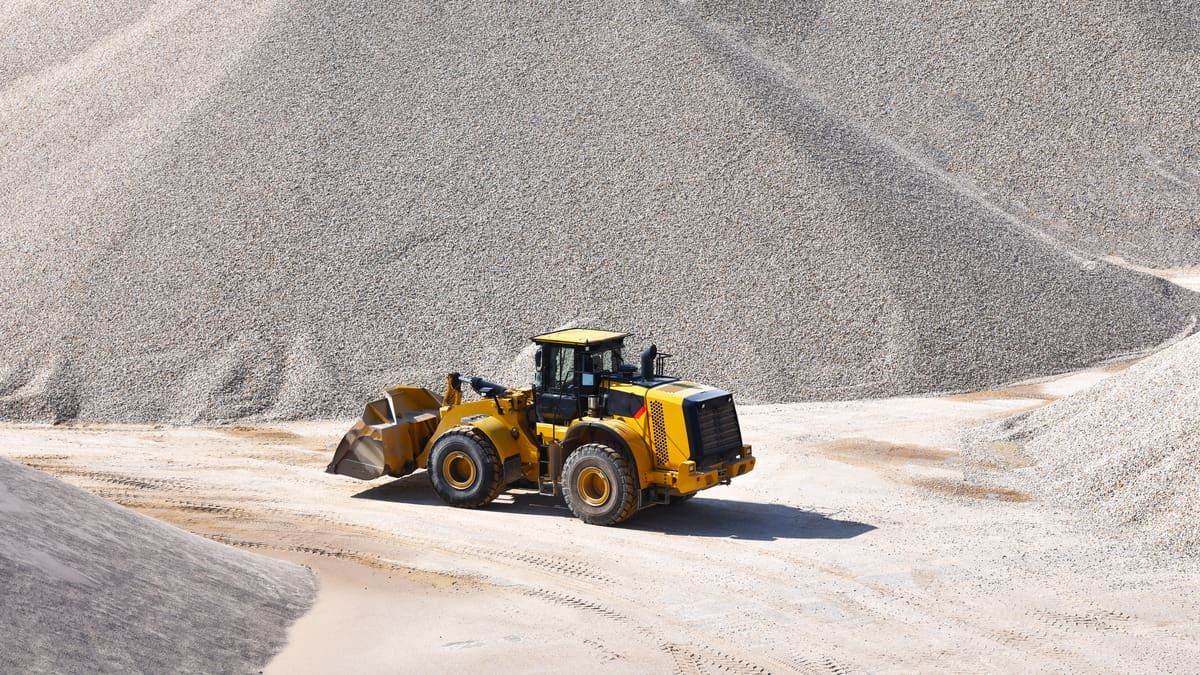Opportunities in Namibia’s Mining Industry
The WOW report on the Mining Industry in Namibia reveals a good story from a country small in population (about 2.6 million) but vast in size compared to its neighbour South Africa. South Africa measures approximately 1,219,090 km2 and has a population density of 49.13 people per square kilometres compared to Namibia with 824,292 km2 and a population density of 3 per square kilometres. Namibia is part of the South African Customs Union (SACU) and its currency is pegged to the South African rand. Mining in Namibia accounts for roughly 12.2% of Namibia’s GDP while South Africa’s mining industry contributed 7.53% in 2023.
Overview of Minerals in Namibia
Namibia has significant mineral wealth, although not as much as South Africa, and from what we read from the World Bank Report, does a better job of exploiting that mineral wealth in terms of prospecting, exploration and beneficiation of mineral deposits.
According to the WOW report, Namibia’s mining industry grew strongly in 2022 with its value-added increasing by 34.6% year on year to US$1.5bn.
The WOW report draws attention to the positive impact of actively promoting prospecting, exploration, and mining methods. According to the report, the poverty rate in Namibia was 19.4% in 2022, and according to the Macrotrends website, South Africa’s poverty rate averaged 60.63% from 1993 to 2023. Equally, unemployment in Namibia was 20.8% in 2022, way below South Africa’s of well over 30%, or over 40%, if discouraged unemployed, are included.
Minerals policy framework in Namibia
Namibia has a well-developed mineral regulation framework that has been amended a number of times since the passing of the Mining Act of 1992. The country also has a black economic empowerment policy, similar to South Africa’s, called Namibian Economic Empowerment that focuses on promoting the participation of Namibian disadvantaged groups.
The Fraser Institute surveys mining and exploration companies annually and publishes a composite index based on three pillars – an investment attractiveness index, a policy perception index, and a best practice mineral potential index.
The rankings represent a concise assessment of how well a country is perceived as a destination by international mining companies for prospecting and exploration. The composite ranking for 62 countries ranks Nevada, Western Australia, and Saskatchewan as the top three, Namibia 38th, and South Africa 57th, behind the DRC and China, and just above Zambia, Angola, and South Sudan. According to this ranking, Namibia is considered a more attractive investment destination compared to South Africa.
Looking at why South Africa has such a low ranking, one is inclined to point out that the DRC has a worse political and governance framework. But, whilst the situation in the DRC’s mining industry is complex, global demand and the significant mineral wealth of the country make it an attractive investment destination despite geopolitical risks.
Namibia’s relatively strong ranking is reflected in the number of new prospecting exploration licences being issued and utilised in Namibia. The WOW report mentions nine relatively important new mining ventures being considered at various stages, from prospecting to feasibility studies, for the commencement of operations.
In South Africa, new mining development is on the decline. To illustrate the point, BHP Billiton, the largest miner worldwide, which in fact originated from South African Gencor (General Mining Corporation) merging with BHP Australia, does not have a single mining prospect recorded in South Africa. Anglo American, once a 100% South Africa-invested mining house, today has its largest capital expenditure in the Quellaveco copper mine in Peru, and employs 22,900 people outside South Africa in its international activities. Total non-current assets in South Africa represent only 22.7% of Anglo American’s non-current asset portfolio. These examples confirm that South Africa is becoming less attractive as an investment destination.
There is also the tentative indication that a BEE policy, which is more successful in Namibia if measured by its continued mining development, does not hinder economic development.
The future of Namibias mining industry
Namibia is gifted with many minerals that have become increasingly valuable in industry as the world seeks climate-induced transformation, largely through new technologies, used increasingly in transport and energy.
The future of mining in Namibia is secured and underpinned by a strong perception of political and regulatory stability. The temptation to grab a bigger share of extraction (at a cost) of the inherent mineral wealth must be eschewed to avoid following in South Africa’s footsteps. The scarcity of commodities is a relative concept, and technological innovations will create alternatives.
In conclusion, the mining industry in Namibia offers a promising investment landscape. With its strong regulatory framework, political stability, and responsible mining practices, Namibia is well-positioned to remain an attractive destination for mining investment.
Contact us to access WOW's quality research on African industries and business
Contact UsRelated Articles
BlogCountries Mining and quarryingSouth Africa
The Role of Service Activities in South Africa’s Mineral Sector
Contents [hide] The mining industry has long been a cornerstone of South Africa’s economy, with associated services being essential and critical in the value chain. The WOW report on services...
BlogCountries Mining and quarryingSouth Africa
Illegal mining – an explosive nuisance
Contents [hide] Illegal mining has grown exponentially in recent years in South Africa, as detailed in WOW’s report on the Manufacture of Explosives and pyrotechnics in South Africa . The...
BlogCountries Mining and quarryingSouth Africa
Can the South African mining industry continue to grow following Covid?
Contents [hide] The mining industry in South Africa is one of the biggest contributors to the country’s fiscus, and one would imagine it to be on government’s priority list for...





